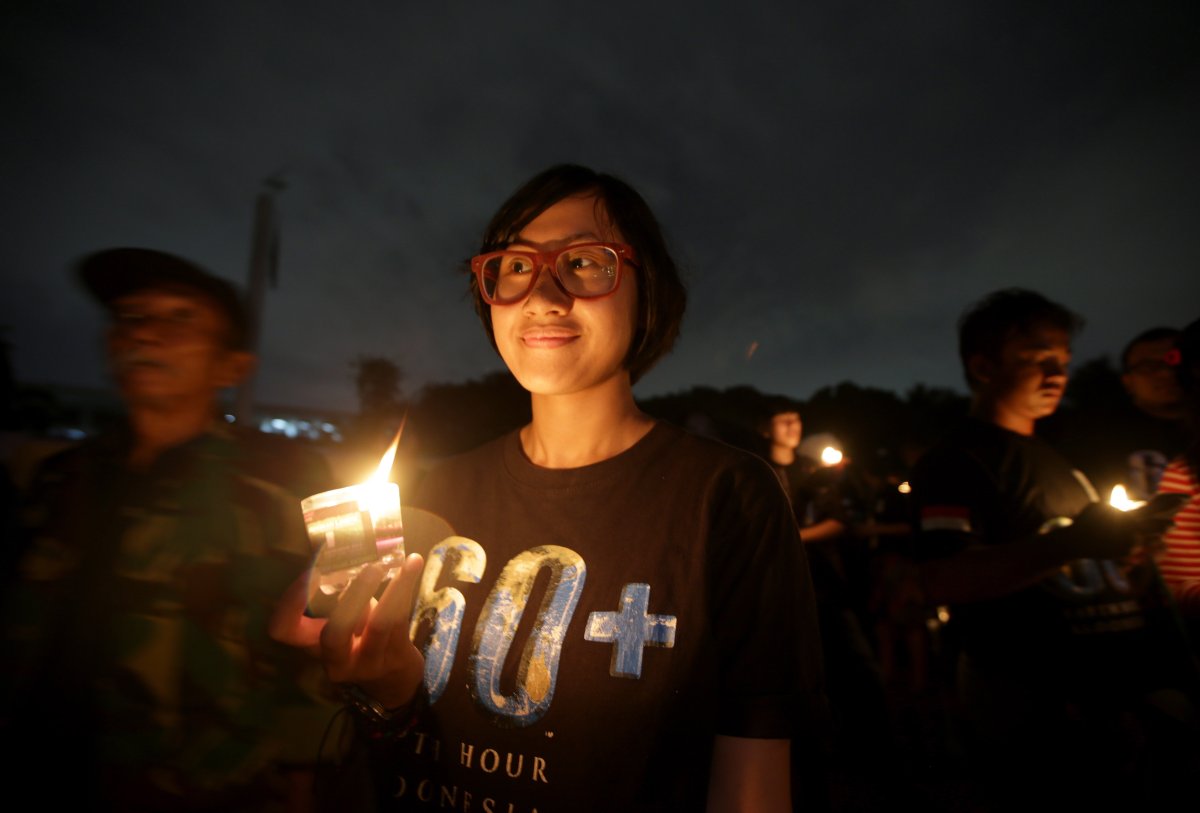This Saturday, thousands of Canadians will join the millions of people around the world that will live without electricity – for an hour, at least.

“Earth Hour” is a grassroots, worldwide event sponsored by the World Wildlife Federation (WWF). Its goal is to promote a greater awareness of global climate change, and the impact humans have on the environment.
Starting at 8:30PM Saturday night, individuals, businesses, governments, and communities in Canada and elsewhere will be asked to turn off non-essential lighting and electrical appliances for one hour.
But as “Earth Hour” continues to gain popularity, it also faces increasing criticism from those who are skeptical of the event’s true environmental impact.
An hour without electricity
So just what is the environmental impact of everyone shutting off the lights (and whatever else) for an hour?
Well according to Hydro One, last year’s “Earth Hour” resulted in a direct power savings for the province of Ontario of 202 megawatts – or enough to power the city of Belleville, Ontario.
- B.C. introduces legislation recognizing Haida Gwaii Indigenous title
- Whale experts confident B.C. orca calf will survive, find family if rescue plan succeeds
- Chemical plant shuts down after high benzene levels detected near Ontario First Nation
- Ontario takes action against chemical plant after Aamjiwnaang First Nation residents fell ill
That also translates to just over 140 metric tons of carbon dioxide being released (or not) into our atmosphere.
“Hydro One is proud of the savings achieved by our customers last year and is encouraging our customers to conserve even more,” Giuliana Rossini, director of strategy and conservation officer at Hydro One, said in a press release.
“Earth Hour helps to remind electricity consumers that small conservation acts can lead to large benefits.”
In reality, while 140 tons sounds impressive, it’s only a drop in the energy bucket. As part of its Integrated Power System Plan, the Ontario Power Authority estimates that Ontario produced 11.8 megatons of C02 last year – or 11,800,000 metric tons.
So at the end of the day, “Earth Hour” accounts for a tiny percent of Ontario’s total yearly C02 emissions. Many, many “Earth Hours” would have to take place to make a significant dent in the province’s total carbon dioxide emissions.
But another problem with “Earth Hour” is it may not cause a net decline in C02 emissions, after all.
The dark side of candlelight
Many choose to celebrate “Earth Hour” by turning off all the lights in their home, and lighting some candles instead.
Here’s the problem: by and large, the vast majority of candles are made from paraffin wax, which is a petroleum byproduct. And because candles burn at relatively low temperatures, they release many potentially harmful chemicals into the air.
“Burning candles can produce significant amounts of particulate matter, benzene, acetaldehyde, formaldehyde, acrolein, and other pollutants,” Chris Haromy, respiratory therapist at the Ontario Lung Association, told Global News.
“Some candles contain lead wicks that release significant amounts of lead into the air when burned.”
According to Haromy, candles made from beeswax or soy can provide a much more lung-friendly alternative.
And by filling your house with candles, you may actually be producing more carbon dioxide than if you’d just left the lights turned on.
In order to match the light output of a single 40-watt incandescent light bulb, you’d need to light between 20-40 candles, depending on the size of the candles.
And since a single light bulb is much more C02 efficient than burning 40 petroleum-based candles, you could actually be contributing more carbon emissions to Earth’s atmosphere during “Earth Hour.”
Of course, it’s important to remember that the vast majority of people don’t light enough candles to replace the light provided by every conventional light bulb in their homes.
Critics of Earth Hour “willfully missing the point”
According to the WWF, “Earth Hour” skeptics don’t understand what the event is truly about.
“We need to make sure people understand it’s not about trying to generate energy savings in one hour,” Laughren said. “It is a symbolic event that allows people concerned with climate change to connect around the world.”
According to Laughren, the main objective behind “Earth Hour” is to spur further action on climate change from citizens and governments the world over.
“What we really want is for Earth Hour, along with other activities of its ilk, to create the impetus for governments at all levels to begin taking climate change seriously.”
The WWF believes that those who attack “Earth Hour” for being anti-technology, or anti-progress, are being intentionally obtuse.
“It’s not a protest against technology or electricity. I like electricity, I use it every day. I’d like to continue using it,” Laughren said. “It willfully misses the point to pretend Earth Hour is opposed to human progress.”
“All the major science academies, and every major science organization, acknowledges that climate change is real and humans are responsible,” Mark McCaffrey, programs and policy director at the National Centre for Science Education, told Global News.
“What we need is a greater international discussion on climate change. Climate science is complicated, and it really needs to be taught. And it’s not.”
And while McCaffrey may be skeptical of “Earth Hour’s” immediate impact, he wholeheartedly agrees with its ultimate goal of kick-starting the conversation on climate change.
“An event like this, to encourage people to not use energy, may or may not have much impact in terms of raising awareness,” said McCaffrey. “The hard work is in actually sitting down and learning about the basic science. It takes years.”
Yet if the WWF has its way, a journey of many years could begin with a single hour.



Comments